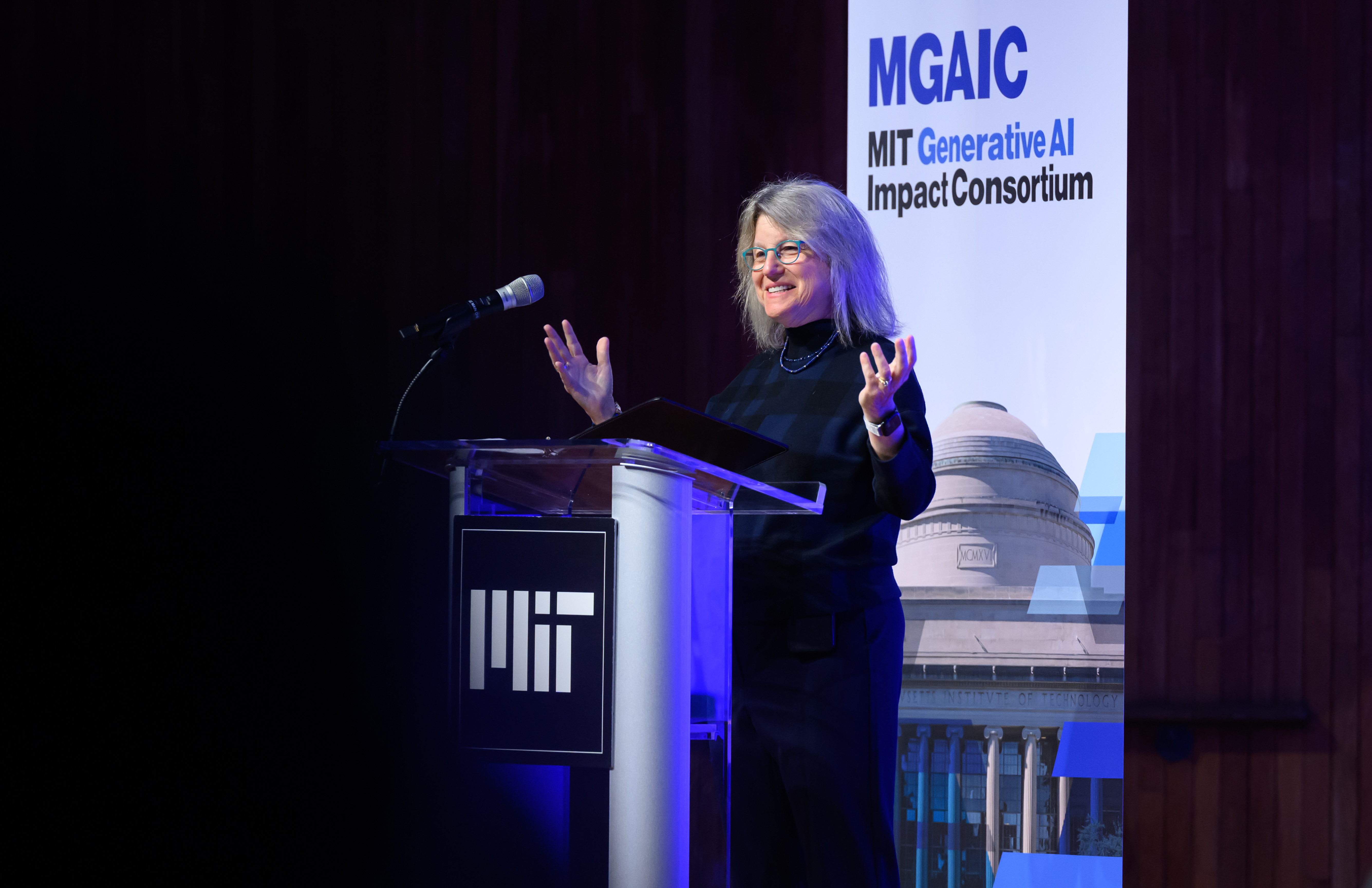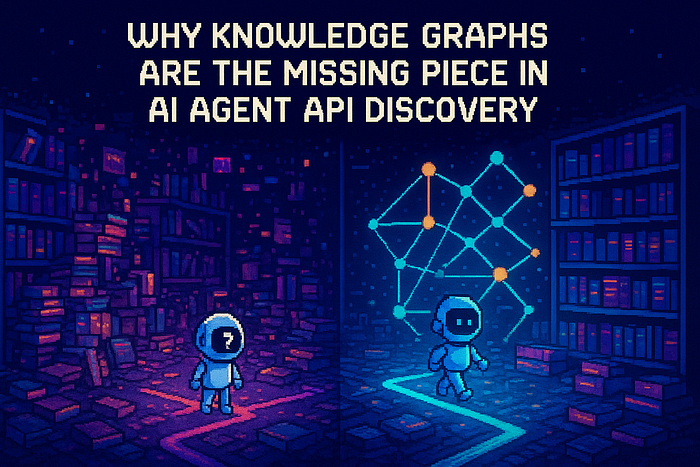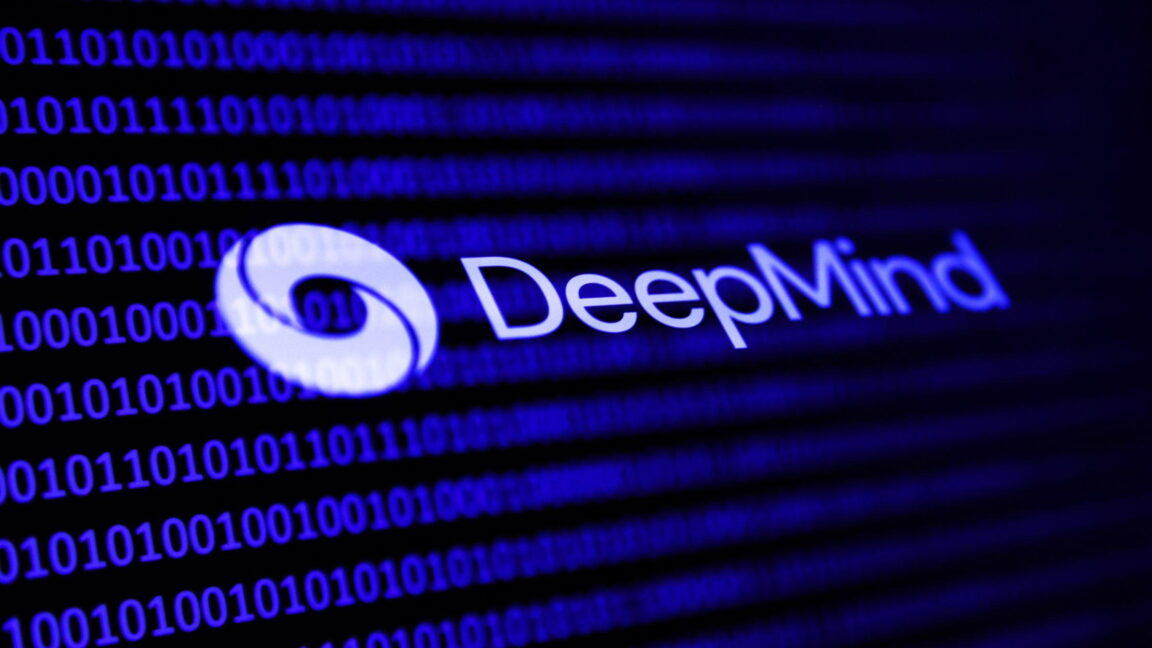Introduction to Generative AI
When OpenAI introduced ChatGPT to the world in 2022, it brought generative artificial intelligence into the mainstream and started a snowball effect that led to its rapid integration into industry, scientific research, health care, and the everyday lives of people who use the technology. This powerful but imperfect tool has been changing the way we live and work, and it’s natural to wonder what comes next for it.
The MIT Generative AI Impact Consortium (MGAIC) Symposium
With that question in mind, hundreds of researchers, business leaders, educators, and students gathered at MIT’s Kresge Auditorium for the inaugural MIT Generative AI Impact Consortium (MGAIC) Symposium on Sept. 17 to share insights and discuss the potential future of generative AI. The symposium was a pivotal moment, as generative AI is moving fast, and it’s the job of the attendees to make sure that, as the technology keeps advancing, our collective wisdom keeps pace.
The Critical Need for Collaboration
MIT Provost Anantha Chandrakasan and MIT President Sally Kornbluth emphasized the critical need for this collaborative effort, as the world is counting on faculty, researchers, and business leaders like those in MGAIC to tackle the technological and ethical challenges of generative AI as the technology advances. Part of MIT’s responsibility is to keep these advances coming for the world and to manage the magic of generative AI so that all of us can confidently rely on it for critical applications in the real world.
The Future of Generative AI
To keynote speaker Yann LeCun, chief AI scientist at Meta, the most exciting and significant advances in generative AI will most likely not come from continued improvements or expansions of large language models like Llama, GPT, and Claude. Instead, LeCun and others are working on the development of “world models” that learn the same way an infant does — by seeing and interacting with the world around them through sensory input.
World Models and Their Potential
A 4-year-old has seen as much data through vision as the largest LLM, and the world model is going to become the key component of future AI systems. A robot with this type of world model could learn to complete a new task on its own with no training. LeCun sees world models as the best approach for companies to make robots smart enough to be generally useful in the real world.
Generative AI in Robotics
Keynote speaker Tye Brady, chief technologist at Amazon Robotics, also discussed how generative AI could impact the future of robotics. For instance, Amazon has already incorporated generative AI technology into many of its warehouses to optimize how robots travel and move material to streamline order processing. He expects many future innovations will focus on the use of generative AI in collaborative robotics by building machines that allow humans to become more efficient.
Impacts of Generative AI in Businesses
Other presenters and panelists discussed the impacts of generative AI in businesses, from large-scale enterprises like Coca-Cola and Analog Devices to startups like health care AI company Abridge. Several MIT faculty members also spoke about their latest research projects, including the use of AI to reduce noise in ecological image data, designing new AI systems that mitigate bias and hallucinations, and enabling LLMs to learn more about the visual world.
Conclusion
After a day spent exploring new generative AI technology and discussing its implications for the future, MGAIC faculty co-lead Vivek Farias, the Patrick J. McGovern Professor at MIT Sloan School of Management, said he hoped attendees left with “a sense of possibility, and urgency to make that possibility real.” As generative AI continues to advance, it’s essential to consider its potential impacts and to work together to ensure that it’s used for the good of society.
FAQs
Q: What is generative AI?
A: Generative AI refers to a type of artificial intelligence that can generate new content, such as text, images, or videos, based on patterns learned from large datasets.
Q: What is the MIT Generative AI Impact Consortium (MGAIC)?
A: The MGAIC is a consortium of industry leaders and MIT researchers launched in February to harness the power of generative AI for the good of society.
Q: What are world models, and how do they differ from large language models?
A: World models are a type of AI that learns by interacting with the world through sensory input, similar to how an infant learns. They differ from large language models, which learn patterns in huge datasets to produce new outputs.
Q: How can generative AI be used in robotics?
A: Generative AI can be used in robotics to optimize how robots travel and move material, streamline order processing, and build machines that allow humans to become more efficient.
Q: What are the potential impacts of generative AI on society?
A: The potential impacts of generative AI on society include both positive and negative effects, such as improved efficiency, increased productivity, and enhanced decision-making, as well as potential biases, hallucinations, and job displacement.











